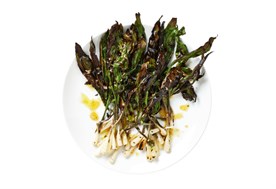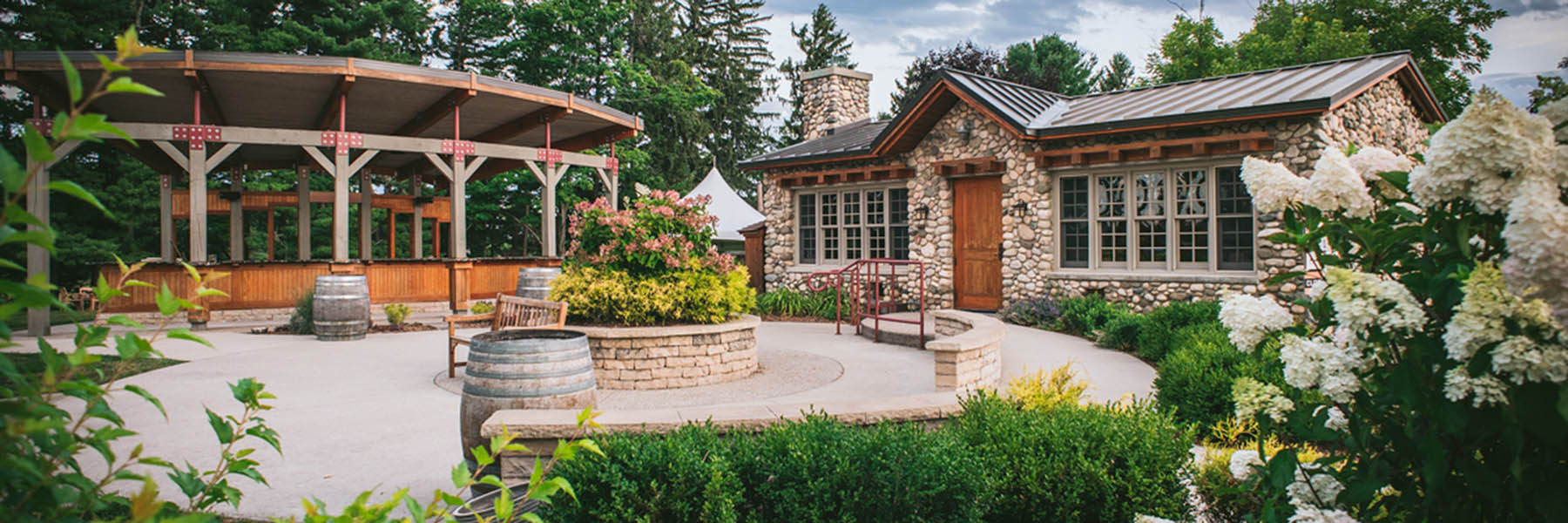Thursday April 16, 2015
 Maybe you’re asking, “Just what are Ramps?” The answer is simple, they are the first step on your recovery from winter.
Maybe you’re asking, “Just what are Ramps?” The answer is simple, they are the first step on your recovery from winter.
Allium tricoccum, also known as ramps, wild onions or wild leeks are a perennial wild onion with a strong garlic-like aroma and pronounced onion flavor that grow wild across much of the Eastern U.S. The plant has broad, smooth light green leaves, often with a purple tint on the lower stem that you see above ground, under the surface are a scallion-like stem and a small white bulb. They grow in close groups and are strongly rooted beneath the surface of the soil. Both the leaves and the bulb are edible. Ramps are one of the first plants to emerge in spring and last for a period of 4-6 weeks.
The plant when fresh and raw can be incredibly pungent and intensely flavored, and some like it best in this form. But be forewarned, it is not for the faint of heart (or nose). When cooked it transforms in to a mild and luxurious onion/garlic beauty that surpasses anything you’ve experienced in the onion family. In recent years they have become a bit of a darling among the culinary crowd and many top chefs feature this seasonal treasure. If you are fortunate enough to live in an area where they are present they are remarkably easy to harvest and they have become more frequently available in farm markets and stands.
Once you learn to recognize the plant, you might be surprised how easy they are to forage for. In places the can be quite prolific, they seem to be just about everywhere you look. Once you have found a patch of them all you need to do is dig around the edge of a cluster of the visible green leaves and carefully coax the cluster loose. The stems are quite delicate and break easily so be gentle, go for the whole cluster. Then once you have them removed from the ground you can shake and brush the dirt off and separate the individual bulbs. You’ll get the hang of it in no time.
Conservation of these wonderful plants is important. In some places they have been harvested irresponsibly and have become quite scarce, so please take care. If you decide to forage for yourself do not harvest all you need in one spot, move from spot to spot so as not to remove all the plants in one area. Removing a large area of these prevents them from reproducing and they will not return in that same place next spring, careful cultivation will insure you have plentiful ramps in the future.
Here is a bit of historical trivia about ramps you might find surprising. In the 17th century, a local native tribe near Lake Michigan recognized these plants as the tasty morsels they are. They called the plant shikaakwa, or chicagou. A local river became to be known by this indigenous name, the Chicago River, and the great city of Chicago was founded and owes its name to the ramp.
The following link is a very good article from Bon Appetit explaining more about ramps and includes some really good recipes. So now you have no excuse not to unlock your love for this amazing plant. And if you do make the Buttermilk-Fried Ramps from this Bon Appetit article, you’d be completely crazy not to match it with the Shady Lane Cellars 2013 Muscat. You can thank me later!
http://www.bonappetit.com/test-kitchen/common-mistakes/article/common-mistakes-ramps
Cheers!
Adam Satchwell Winemaker and General Manager, Shady Lane Cellars


